- Bernard Preston homepage
- Nutritious choice foods
- 10 Top Anti-inflammatory Foods
10 top anti-inflammatory foods
These top 10 top anti-inflammatory foods are for those who desire to enjoy long, healthy lives. It's only worth reading if you are willing to make changes to achieve what is probably one of the greatest challenges; a life without the need for medication.
There is certainly no quick-fix. Chronic inflammation is the leading cause of death worldwide; three out every five. If it were simple then most people would be enjoying lives free of cardiovascular disease, diabetes and malignant tumours; and would not be taking many medications.
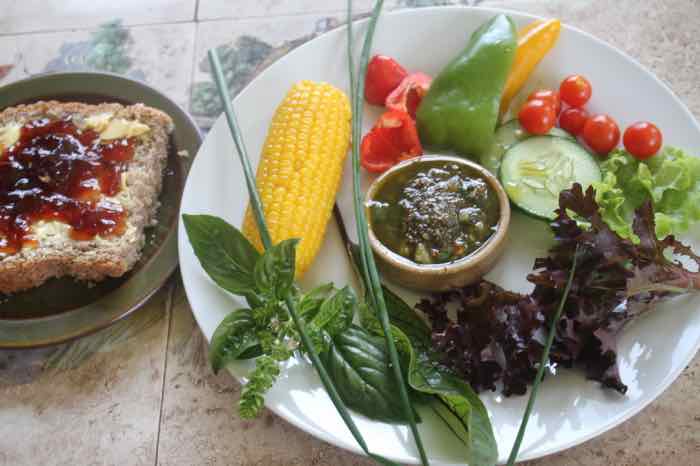
The science
I never promised you a rose garden; if you're looking for a two-minute read that will enable you to live to a strong and zesty ninety, then close this page right now.
Inflammation is characterised by the protective response of the immune system, usually to a non-infectious molecule that your body has encountered; it could be from the air you have breathed, the water you drank or the food you ate, for example.
Less commonly it is the protective response after encountering a pathogen; a virus or bacterium, for example.
When receptors in the lungs or gut for example encounter one of these noxious molecules in the air we breathe or the food we have eaten, they release a group of pro-inflammatory chemicals called cytokines.
You have probably heard of the "cytokine storm" in the lungs that killed so many people during the recent pandemic; a hyper immune-system that went totally overboard in its response.
More usually it is the overly enthusiastic response to a non-infectious molecule; there are millions. It could be a toxic chemical sprayed onto your lettuce, a hormone injected into a cow before it was slaughtered or a microparticle of plastic in the water you drank.
They are everywhere; we simply cannot avoid them all, though we certainly should endeavour to do so. Thus we no longer use teabags; they are loaded with plastic nano-particles.
So an immune reaction and the ensuing inflammation to a foreign invader is key to protecting our bodies; but if it persists then it becomes a huge negative.
Enter our top ten anti-inflammatory foods that will help to counter this hyped up reaction to noxious molecules that we encounter every day of our lives.
Ten is a very arbitrary figure; we should perhaps be aiming for fifty, or two-hundred but this is a place to start. Working sensibly at it but being careful not become neurotic is the key.
"Existing therapies to counter this chronic inflammation are rarely curative, mostly disease-modifying with low success rates and have adverse side effects; sometimes even life threatening."
- Journal of Antioxidants[1]
Autoimmune diseases
The prevalence of autoimmune diseases has risen in leaps and bounds in the last fifty years. Lupus and Systemic Sclerosis in particular are directly related to menopausal hormone therapy; 30 to 40% higher risk[8].
Multiple Sclerosis increased by 69% in Canada between 1996 and 2013.
The prevalence of inflammatory bowel disease increased in the US by 130% in just ten years.
"Autoimmune diseases are dramatically increasing in many parts of the world; by nearly 20% annually."
- Curr Opin Immunol. 2022
Various authors blame the "momentous alterations in our foods," air pollution and personal lifestyles; and many other factors.
Enjoying meals daily that include many of these 10 top anti-inflammatory foods is primary.
Three principles
- The first is simply to do our level best to avoid these toxic compounds that are making us sick. An example would be more regular washing of hands; another was wearing masks during the recent pandemic. A third might be to stay out of range of smokers.
Looking for sources of drinking water that are less likely to be contaminated with microparticles of plastic, drug residues and non-caloric sweeteners would be another strategy; and a host of other toxic chemicals.
Locate sources of nourishment not contaminated with herbicides and the toxic chemicals added by food companies to our daily fare.
- The second strategy is to add in those foods that have been proved to be anti-inflammatory; and there are many, far more than our top 10.
- The third principle is to ensure that blood glucose remains within the normal limits. This probably will be the most difficult for many; almost a half of people living in first-world countries, on the "industrial diet" are either prediabetic or have the frank disease. Have an HbA1c test; it should be less than 5.5.
Did you know that by using food as medicine most type-2 diabetics can put their disease completely into remission without the need of any drugs[3]? It's all about dealing with inflammation in a completely natural way.
None of this of course is a guarantee of a long, healthy existence free of medication. It simply moves the stats in your favour; profoundly so if I may be so bold to add. The famous Danish twin study showed that longevity is only 10% genetic; most has to do with lifestyle.
"At best the benefits of many of the most widely used medications fall far short of the claims made my manufacturers, who also downplay their risks. At worst, numerous drugs do more harm than good."
- Andrew Weil, M.D.
10 top anti-inflammatory foods
These are my 10 top anti-inflammatory foods to counter the chronic degenerative diseases; in no particular order of importance. Some are simple to incorporate in your diet, others profoundly difficult.
1. Freshly-ground flax seeds
Freshly ground flax seeds are a source of at least two important compounds. The first is one of the omega 3 fatty acids called ALA that has been shown to be strongly anti-inflammatory. It is inexpensive and I recommend having a tablespoon daily.
It is also an excellent source of lignans, phytonutrients proven to reduce malignant breast tumours by as much as 50%; this is not "small beer" that we are discussing.
To this we could add fatty fish but it is becoming increasingly difficult to find those not farmed in appalling conditions, loaded with mercury and plastic microparticles.
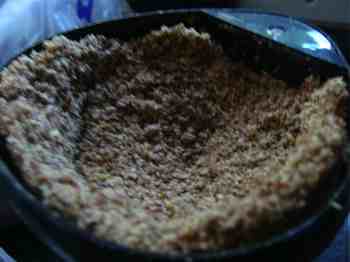 Grind your own seeds
Grind your own seeds2. The pumpkin family
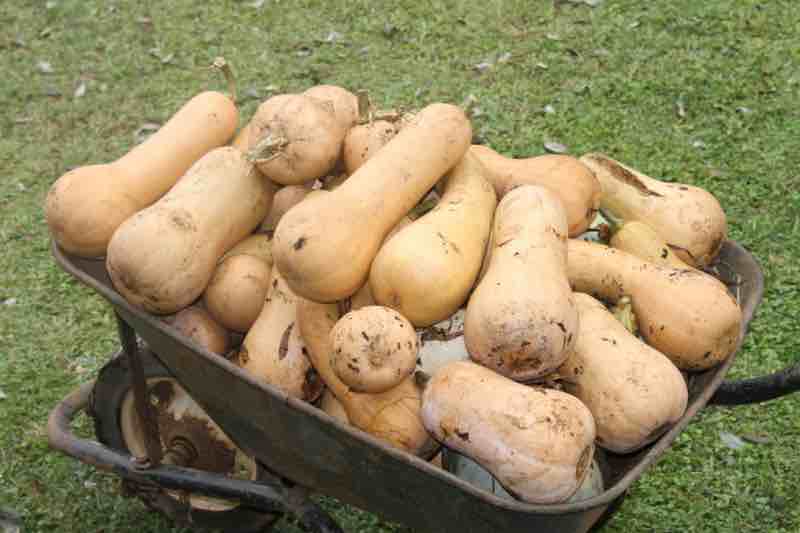
Pumpkin has been used for centuries to counter the effect of raised blood glucose; a natural treatment for type-2 diabetes. Have only small helpings. Butternuts and chaote are probably our favourites. They are very easy to grow.
It's all about two phytonutrients known for their pyridine structure; trigonelline and niacin.
Chaote squash are also known as susus; they grow prolifically.
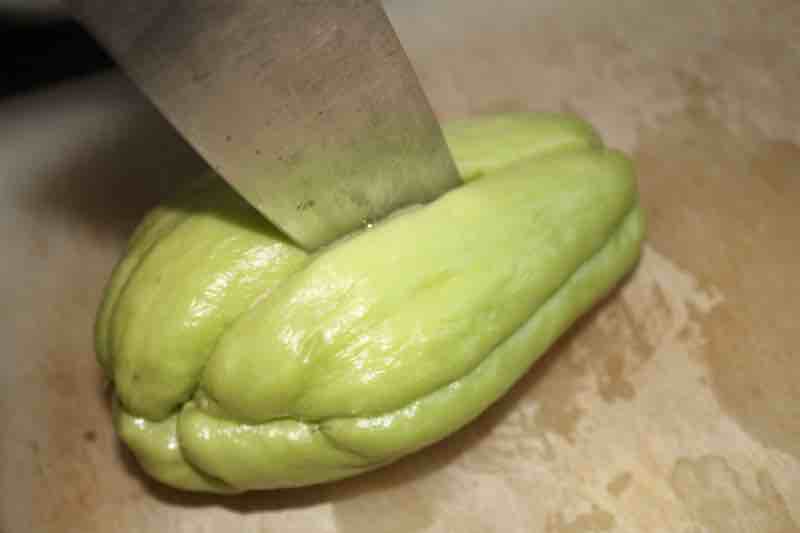
3. Peppers
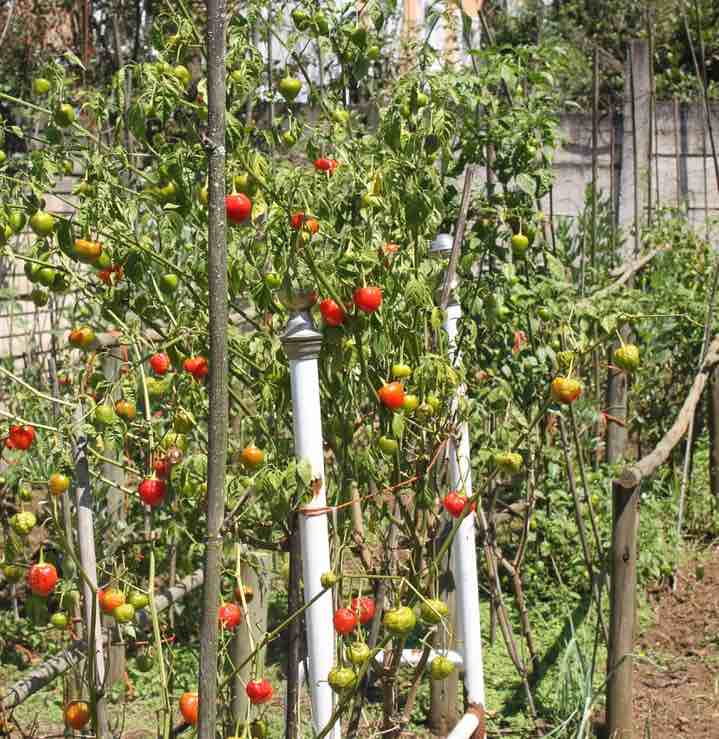 Peppadews are my favourite; easy to grow.
Peppadews are my favourite; easy to grow.Peppers are a rich source of three phytonutrients known for their anti-inflammatory properties. They are vitamin C, zeaxanthin and capsaicin.
It does seem bizarre that hot peppers should have powerful anti-inflammatory properties. They are being used increasingly because of their proven property of inducing cell death in prostate tumours; it's all about the capsaicin.
Big Pharma is desperately trying to manufacture these compounds and the supplement companies want you to take them in capsules. We belong to the Order of Hippocrates. There are thousands of these important phytonutrients; your food is the best, most diverse and cheapest source.
"Let thy food be thy medicine, and medicine be thy food."
Hippocrates (460 - 370 BC)
4. Kale and spinach
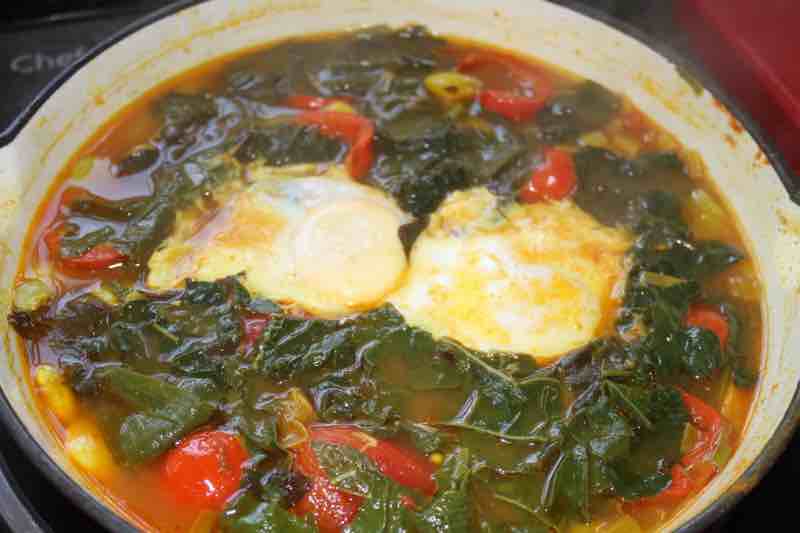
Dark-green leafy vegetables are the best source of lutein, the phytonutrient known to prevent adult-onset macular degeneration. Eat them daily.
You have to grow your own kale incidentally; you are unlikely to find tender young leaves at the supermarket.
5. Happy beans
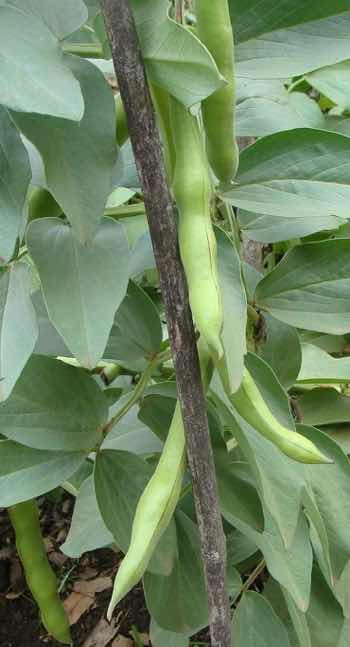 The only natural source of L-dopa
The only natural source of L-dopaThe World Health Organisation is uncompromising; processed meat is definitely carcinogenic.
And all red meat is probably so; they are assuming that organic beef is virtually unobtainable. Food from responsibly raised cattle and pigs may be wholesome but it remains unproven.
That means getting much of our protein from legumes; I prefer those that are green over the dried. They are more digestible probably because of smaller amounts of anti-nutrients.
Broad beans also known as favas are the only source of the happy hormone called dopamine. You are unlikely to find them in the shops; if you do they are usually old and starchy. You have to grow them yourself.
L-dopa gives protection against Parkinson's disease and macular degeneration and probably a heap of other conditions; it also keeps you feeling happy.
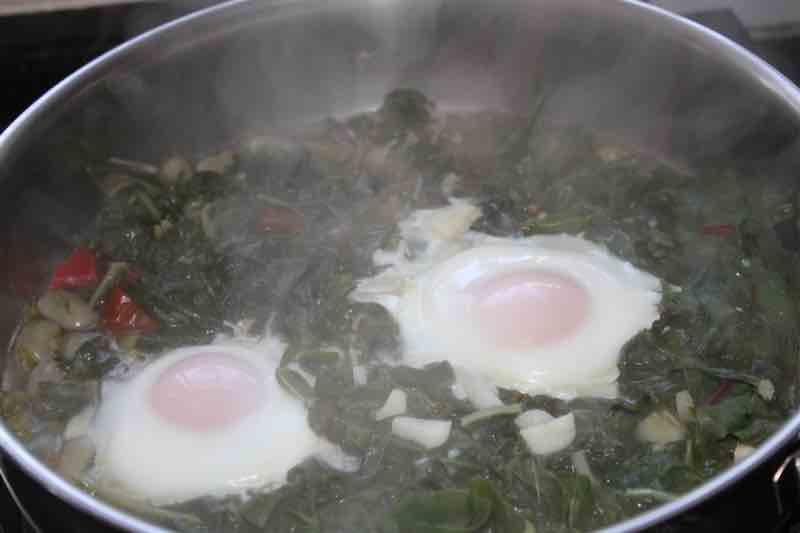 Kale, broad beans and organic eggs
Kale, broad beans and organic eggsLima beans are close contender to the throne; for texture, flavour and ease of growing they are winners. They have a very long growing season.
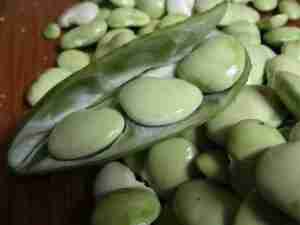
6. Onions
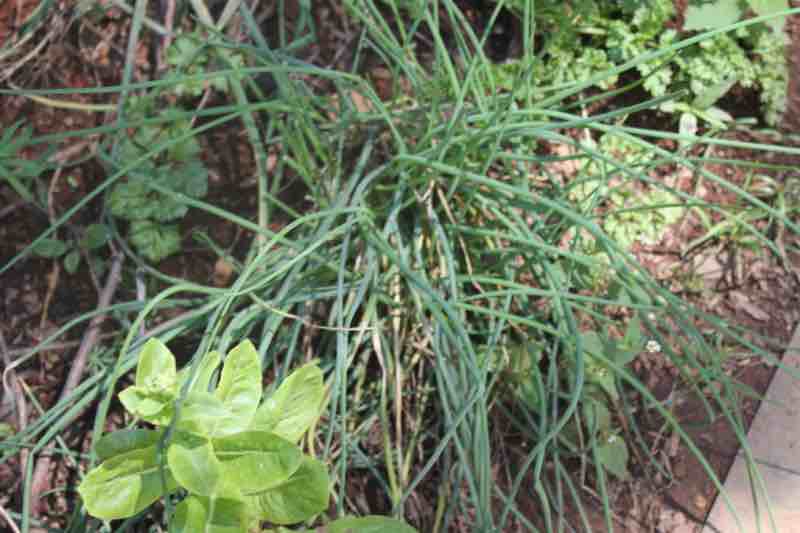
The onion family contains a flavonoid called quercetin. It has well proven anti-inflammatory properties and many others; for example, lowering blood glucose. It inhibits the formation of cytokines.
We recommend using onions, garlic and leeks on a regular basis.
Green onion tops and chives can be enjoyed raw in a salad.
7. Parsley, celery and berries
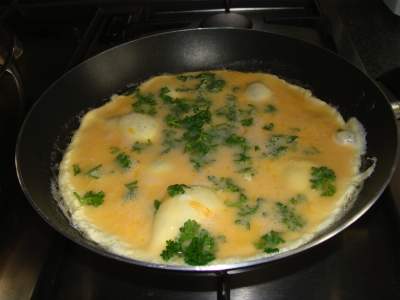
Parsley and celery contain a potent anti-inflammatory compound called apigenin; it's also in berries, wheat sprouts[2] and apples.
Since it is able to cross the blood-brain barrier it is being studied particularly in relation to protection of the myelin sheath in conditions such as multiple sclerosis.
Guavas and berries are particularly high in flavonoids, here brewed into a natural honey mead.
Celery and onions are probably the most common vegetables used for making the Holy Grail Soup; along with carrots.
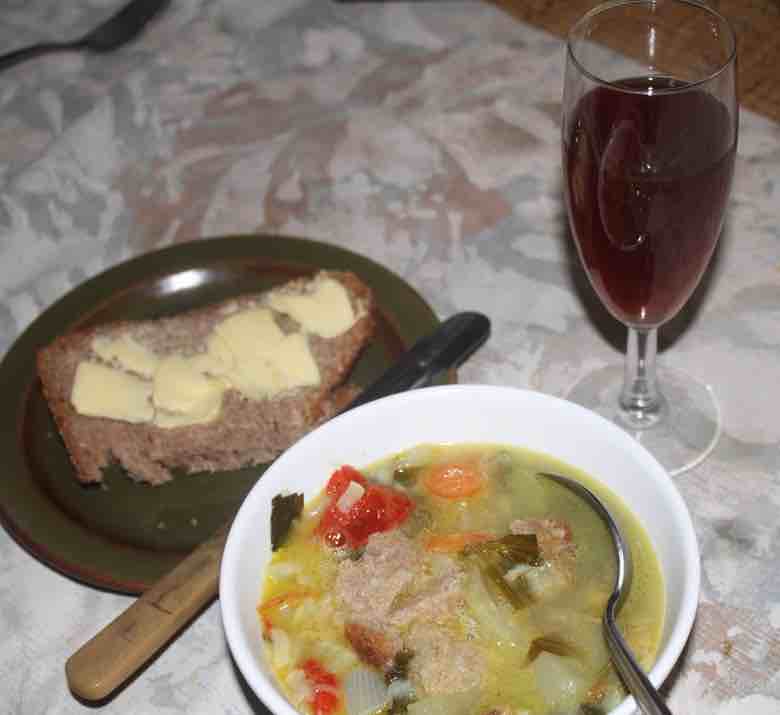 Celery soup, artisan bread and a berry mead.
Celery soup, artisan bread and a berry mead.Apigenin has been shown to reduce an important inflammatory marker in Metabolic Syndrome; it reduces adipose tissue and lowers levels of cytokines.
8. Kefir
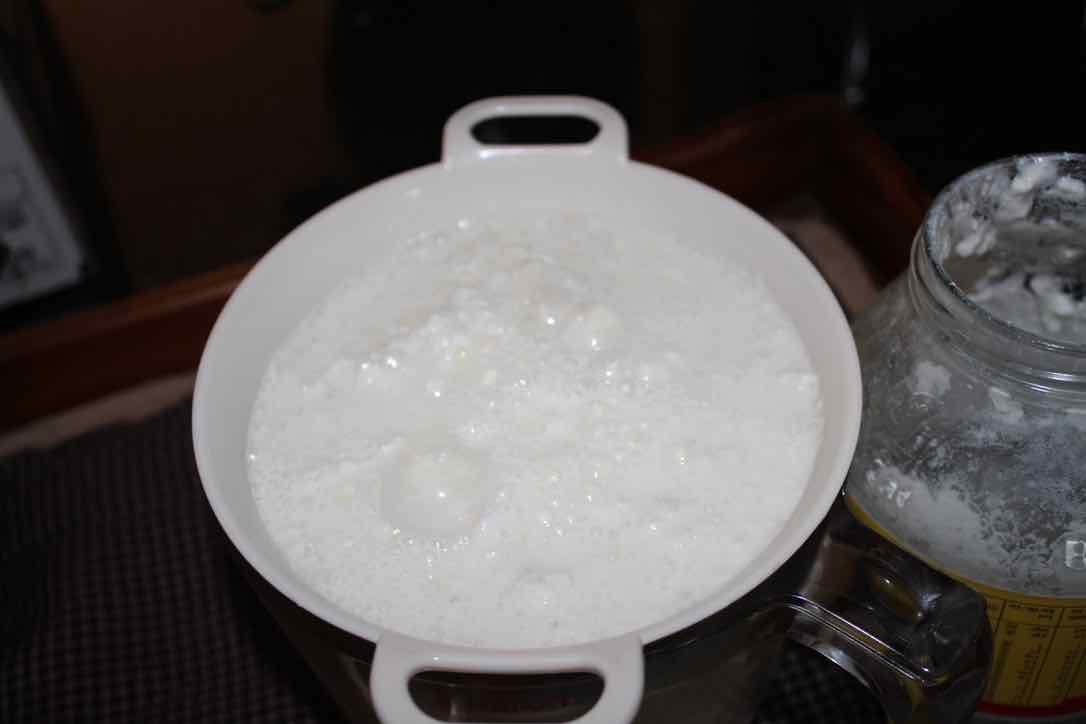 Kefir in a small colander.
Kefir in a small colander.One of the most powerful anti-inflammatory organs in the body is the microbiome. Yes, the bacteria, virus and yeast cells in the happy tum are so important that they are being called the "Second Brain."
Supporting this normal flora as it is sometimes called is two-fold. Firstly plenty of fibre from our food and secondly diverse fermented condiments; they provide the probiotics that are so important.
It's not recommended taking probiotics from supplements; the spectrum of bugs is far too narrow. We find kefir and and sauerkraut the two easiest.
9. Turmeric
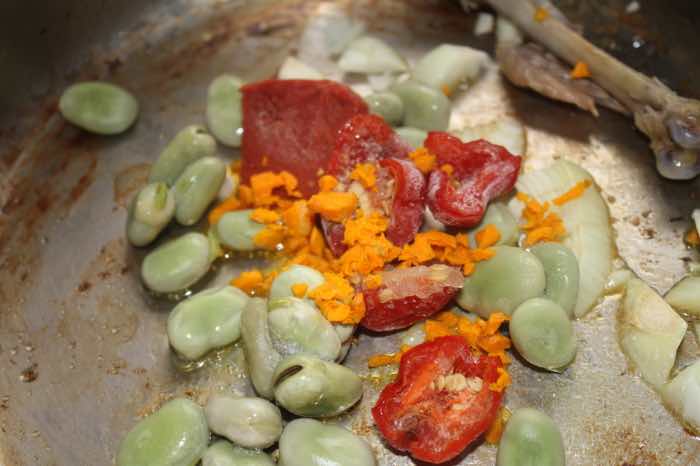 Turmeric with broad beans and peppadews
Turmeric with broad beans and peppadewsThe active ingredient in turmeric is a phytonutrient called curcumin; it's in ginger too. There are numerous reports confirming its Cox-2 inhibitor properties.
The best way to use turmeric is daily in your cooking. With other known anti-inflammatory foods such as broad beans, unrefined wheat and peppadews it turns them into powerful medicine.
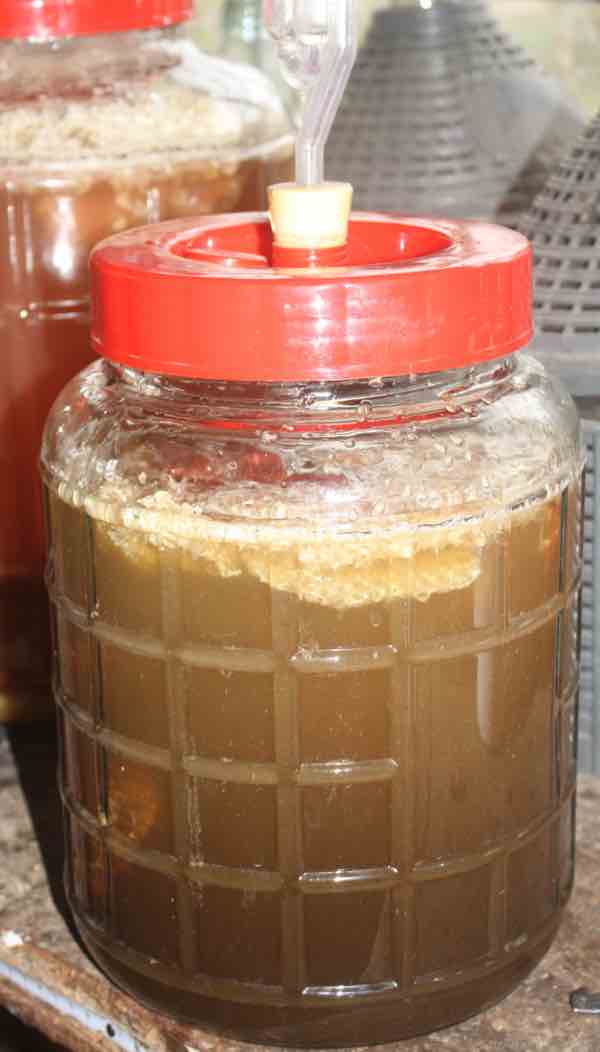
"There is increasing evidence that exposure to plants and green space and particularly to gardening, is beneficial to mental and physical health."
- Clinical Medicine (PMC6334070)
10. 100% wholemeal bread
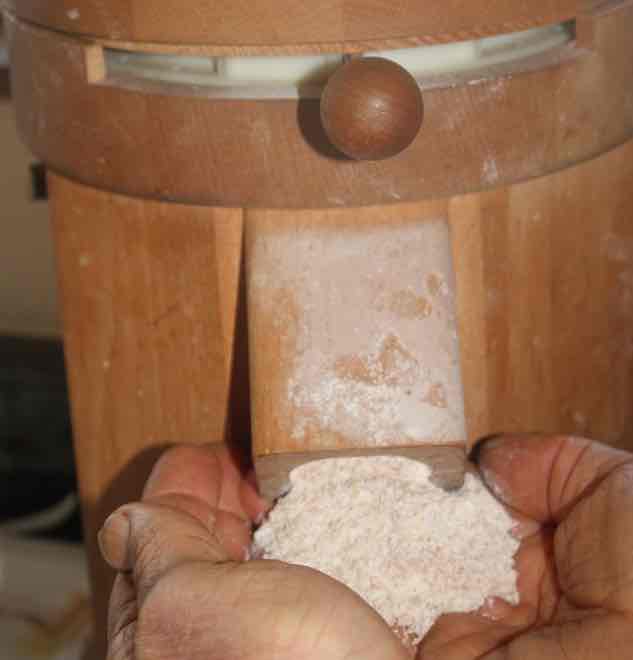 No separation of the bran, germ and endosperm
No separation of the bran, germ and endospermI think you'll agree that it is not particularly difficult to include any of the aforementioned of our 10 top anti-inflammatory foods in your diet; some like broad beans and kale you may have to grow yourself.
Real bread as it's being called in the United Kingdom is the exception; 100% wholemeal flour is almost impossible to get. You need a mill and either a ready arm to knead the dough or a machine.
The bran and germ contain many important anti-inflammatory compounds; almost all are extracted in the refining process. A mill which does not separate the three streams is the only solution.
World renowned cardiologist, Dr Wilfred Shute reports that prior to the refining of flour heart attacks were very rare; today CV conditions are the leading chronic degenerative diseases. He attributed the protection afforded by "real bread" to the anti-coagulant properties of vitamin E; there is zero in the supermarket loaf.
Betaine is another anti-inflammatory nutrient found in beets and 100% wholemeal flour; it donates methyl groups to detox homocysteine.
General tips
- Aim for as diverse a range of foods as you possibly can; at least 7 or more colours every day. Plenty of fruit and vegetables.
- Eat at home; grow and cook as much of your food as you possibly can.
- When you can't, frequent the green-grocer rather than the supermarket as far as you are able.
- Do your level best to avoid processed foods; they are expensive, loaded with chemicals and in general highly inflammatory.
"Ultra Processed Food consumption may also worsen symptoms in those who already have established Irritable Bowel Disease."
Carbohydrates
You can live a perfectly healthy life with no carbohydrate at all. The body gets its energy from fat and protein. Not that I am recommending that for most folk; only diabetics and the obese need to follow a very low starch regimen.
Aim for less than 150 grams per day. Many nutritionists allow far more; that's why 40% of young adults on the typical industrial diet are insulin resistant in my opinion.
It's the refined carbs rather than whole grains and butternut for example that we should be avoiding.
Freshly lifted new potatoes have a large proportion of "resistant starch." Instead of being digested and producing glucose this form of carbohydrate passes through to the colon to feed the microbiome.
150 grams of carb per day is not onerous; we follow it with ease. But it does mean pulling the sweet tooth.
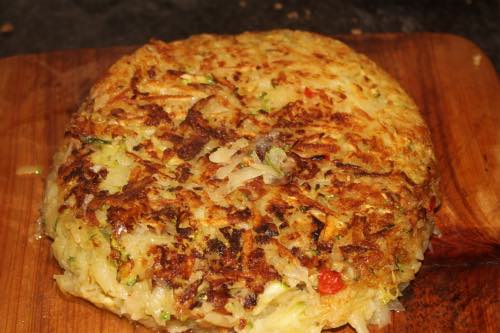
This Swiss new potato rösti has added onion, peppers and turmeric; it is definitely one of our 10 top anti-inflammatory foods despite the carb; small portions if your HbA1c is raised.
Fats
Unlike carbs you simply cannot live a healthy life without fats. For a start 60% of the brain is made of fat. Those who consume very few lipids in an attempt to lose weight are more prone to the neurodegenerative diseases.
- The vast majority of nutritionists agree that the monounsaturated fats are best; eat plenty of olive oil and avocados.
- Keep seed oils down unless you can find a source of those that are cold-pressed; they are essential in small amounts but inflammatory if you have too much.
- But do enjoy freshly-ground seeds and nuts; really should crack the latter yourself.
- Absolutely avoid foods containing hydrogenated fats, vegetable shortening and margarine.
- Getting sufficient omega-3 fats is getting more difficult with fish being farmed like caged chickens. Wild salmon is great if you can find it. Grind your own flax-seed and put it daily into your cereals and smoothies.
- Animal fats remain controversial. If you are enjoying many of these top 10 anti-inflammatory foods on a regular basis then absolutely choose butter over margarine without any doubts. But don't go overboard on dairy and lard.
Protein
- Get a substantial amount of your protein from legumes; that means daily enjoying beans, peas or lentils.
- Hummus is one of the easiest and cheapest vegetable protein foods to prepare in your own home.
- Keep processed red meat like bacon and salami for high and holy days; they are definitely cancer-causing.
- Look for sources of grass-fed beef. That from cattle that consume large amounts of corn are definitely inflammatory.
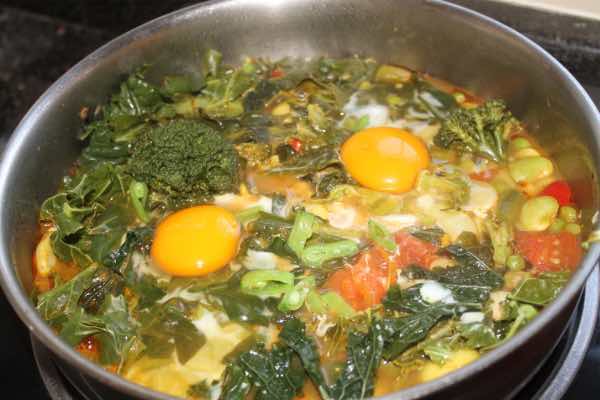
This three bean shakshuka is rich in vegetable protein and eggs, both recommended by the Heart Association.
Fibre
Over 50% of people get less than half the amount of recommended fibre; at least 30 to 40 grams per day. Food companies extract most from the typical grocery store diet.
The bugs that live in the gut, the microbiome, are utterly dependent on plenty of fibre for their food; and they produce the highly anti-inflammatory short chain fatty acids that are so important. Thus it comes as no surprise that many people are suffering from angry muscles, joints and organs.
Every single one of our 10 top anti-inflammatory foods is rich in fibre, supporting the microbiome.
Trans fats in margarine
There is increasing evidence that trans fats are the cause of a number of conditions including neurodegenerative diseases like Parkinson's, dementia and heart problems.
Researchers have found that they cause the mitochondria to release toxic reactive oxygen species that damage the DNA causing cell death; it's called aptosis[4].
Increasingly they are being added to spreads like Marmite and peanut-butter to stop the oils from separating; admittedly in small allowable amounts. Our stance is that even a little bit of dementia is too much. Don't touch margarine.
On the other hand, controversially, an increase of saturated fat retards the progression of ALS in patients with this tragic, terminal neurodegenerative disease[5]. We choose butter over margarine every time; olive oil and avocado would be better still.
So too the omega-3 oils ALA and EPA are associated with a 50% lower risk of death at one year in amyotrophic lateral sclerosis patients; freshly ground flax seed and cold water fish[6].
Brain inflammation
Neuroinflammation is strongly linked with irritability, agitation and nighttime disturbances in people with dementia. It causes "microglial activation."
Regularly enjoying these top 10 anti-inflammatory foods is not small beer; losing your marbles is not fun.
Knee arthritis
Scientists publishing in Arthritis Care and Research[7] found over an 11-year period that those people eating foods yielding a high dietary inflammatory index were 21% more likely to be in the "moderate" rather than "minimal" knee pain group.
Summary
If we simply eat many unprocessed coloured foods on a daily basis we are well on our way to a life without medication. The good wife and I, in our mid seventies take virtually no drugs at all.
I wish I had room in my 10 top anti-inflammatory foods for the tomato; every male should have some every day for the prostate gland. Nuts and more seeds should be there too.
Folk living in the five Blue Zone countries of the world apply these principles daily to their food; a zestful, busy ninety is the norm and ten times as many live to one hundred.
- Potential Role of Flavonoids in Treating Chronic Inflammatory Diseases
- Wheat Sprouts
- Food as medicine
- How trans fats assist cell death
- Lipid Metabolism and Survival Across the Frontotemporal Dementia-Amyotrophic Lateral Sclerosis Spectrum
- Association of Polyunsaturated Fatty Acids and Clinical Progression in Patients With ALS
- Dietary inflammatory index and MRI-detected knee structural change and pain
- Menopausal Hormone Therapy Carries Autoimmune Risk
When browsing use right click and "Open Link in New Tab" or you may get a bad gateway signal.
Newsletter
Our newsletter is entitled "create a cyan zone" at your home, preserving both yourself and Mother Earth for future generations; and the family too, of course. We promise not to spam you with daily emails promoting various products. You may get an occasional nudge to buy one of my books.
Here are the back issues.
- Lifestyle and ideal body weight
- What are ultra-processed foods?
- Investing in long-term health
- Diseases from plastic exposure
- Intensive lifestyle management for obesity has limited value
- A world largely devoid of Parkinson's Disease
- The impact of friendly bacteria in the tum on the prevention of cancer
- There's a hole in the bucket
- Everyone is talking about weight loss drugs
- Pull the sweet tooth
- If you suffer from heartburn plant a susu
- Refined maize meal and stunting
- Should agriculture and industry get priority for water and electricity?
- Nature is calling
- Mill your own flour
- Bake your own sourdough bread
- Microplastics from our water
- Alternative types of water storage
- Wear your clothes out
- Comfort foods
- Create a bee-friendly environment
- Go to bed slightly hungry
- Keep bees
- Blue zone folk are religious
- Reduce plastic waste
- Family is important
- What can go in compost?
- Grow broad beans for longevity
- Harvest and store sunshine
- Blue zone exercise
- Harvest and store your rainwater
- Create a cyan zone at your home
Did you find this page interesting? How about forwarding it to a friendly book or food junkie? Better still, a social media tick would help.
- Bernard Preston homepage
- Nutritious choice foods
- 10 Top Anti-inflammatory Foods
Address:
56 Groenekloof Rd,
Hilton, KZN
South Africa
Website:
https://www.bernard-preston.com